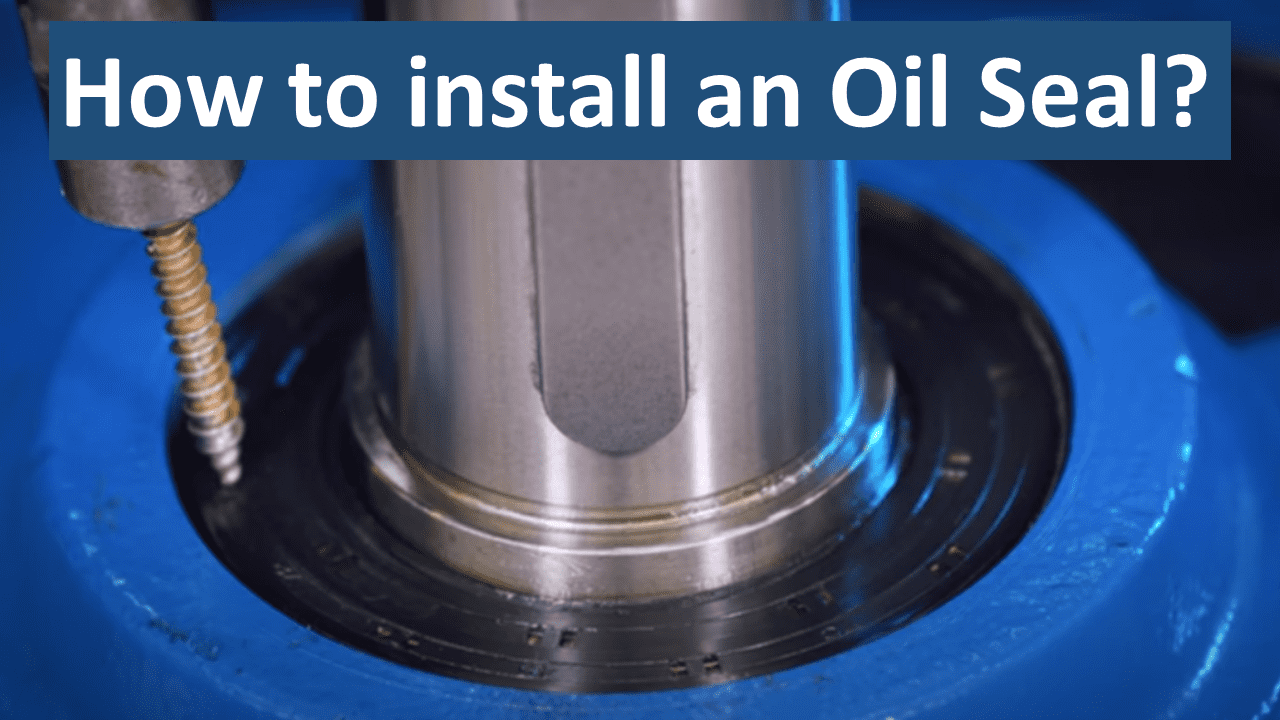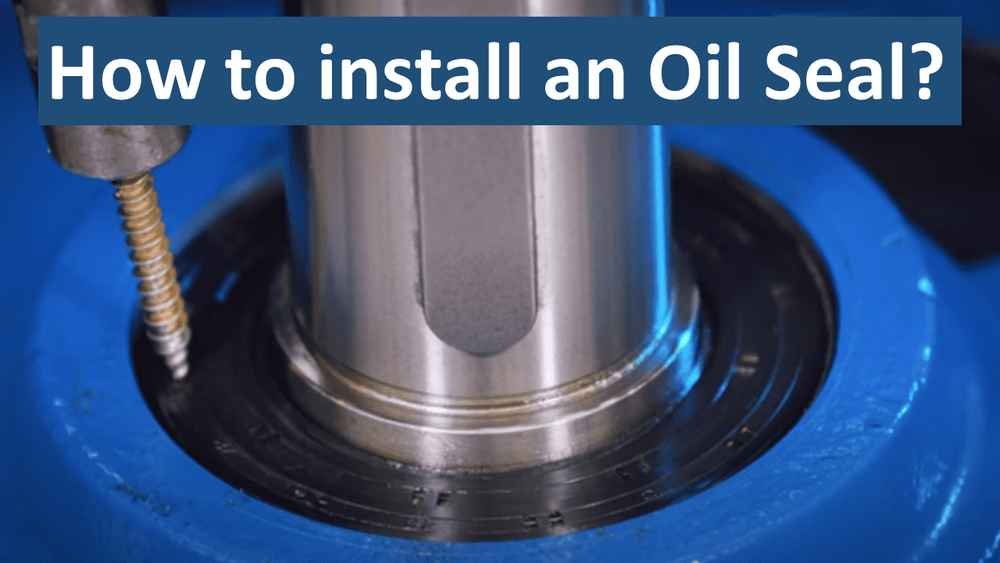How to Install Oil Seal?-by CV Technik
Oil Seal Installation: Step-by-Step Guide
The article explains how to install an oil seal correctly in the system. Proper installation of oil seals is essential to ensure a leak-free performance, which in turn helps to extend the life of the machinery.
Instructions for Oil Seal Installation
The system should be prepared well before oil seal installation. Following are the steps to be followed prior to oil seal installation.
When repairing, remove the old oil seal.
Select the correct oil seal size.
Prior to installation, clean seal bore and shaft and remove all burrs and nicks.
Verify spring is present for spring-loaded seal designs.
Pre-lubricate the shaft and inside diameter of the seal with a compatible lubricant.
Sharp-edged transitions must either be chamfered or rounded or else covered.
When pressing in the seal, ensure the seal ring is not twisted.
The pressing force must be applied as close as possible to the outer circumstance of the seal.
After installation, the seal must be concentric and at right angles to the shaft.
The end face of the mounting bore is generally used as the contact surface the seal can also be fixed with a shoulder or a spacer washer
Oil Seal Installation: Step-by-Step Guide
Proper installation of oil seals is essential to ensure a leak-free performance, which in turn helps to extend the life of the machinery.
Step 1: Remove the old oil seal
Removing an old oil seal is the first step before installing the new oil seal. Using the right tools is necessary for avoiding any damage. To remove the oil seal use a pointed tool that will help to be inserted in the rubber part of the seal. Any gripping tool can also be used which will help to pull the seal out from the housing. One can also use a hook or some screws to pull the oil seal out of the seat. Be careful not to damage the shaft or housing in the process.
Step 2: Clean the Housing and Shaft Surface
With the help of microfiber clean the shaft and housing surface. Ensure the shaft and housing surface do not have any dirt, debris, or other contaminants. This can cause damage, misalignment or lekage. Clean the surface with a solvent or soap and water, and make sure it is completely dry before installing the oil seal.
Step 3: Lubricate the Oil Seal
The shaft and seal must be lubricated using recommended grease or oil. A silicone-based lubricant is recommended for most applications. For extreme application refer to manufacturer instructions for lubrication. If sufficient lubrication is not provided then it can lead to a dry run which damages the seal and shaft. On the other hand proper lubrication can help with the following:
Reduces friction and heating of moving parts
Prevents premature wear and tear of seal components
Maintains the integrity of machines and other industrial applications
Can significantly increase the efficiency and reliability of equipment
Extends equipment life
Improves temperature control
Reduces noise and vibration
Step 4: Install the Oil Seal
To ensure the press-fit of the oil seal special tools are to be used. When pressing in the seal take care that the seal ring is not twisted. The pressing force must be applied as close as possible to the outer circumstance of the seal. While installing the seal as a rule of thumb an even pressure distribution is necessary for proper press fit of the seal inside the housing. We recommend using special fixtures or tools that can help in the seal installation process. Sometimes mallets made up of soft material can also be used provided not excessive force is applied. Also, avoid sudden jerks and elongation while sealing installation.
Various press-fit scenarios while oil seal installation using press-fit tools.





Step 5: Check for any Leakage
After installation, the seal must be concentric and at right angles to the shaft. Oil seal to be checked for any leaks. This can be done using pressure application to the system and observing for any leaks of fluid. In case of any leaks re-install the oil seal.
Conclusion:
In summary, this article explains the step-by-step process for oil seal installation. It also gives small details while installing the seal in the system. The above method can help to ensure proper seal installation which can give a long seal and sealing life cycle of the system. This article also answers following frequently asked questions regarding oil seal installation.
What is the correct way to install an oil seal?
Should seals be lubricated before installation?
Should oil seals be installed dry?
Which side of the oil seal faces out?
Do oil seals need lubrication?
Oil seal installation demonstration by Motovario Group








